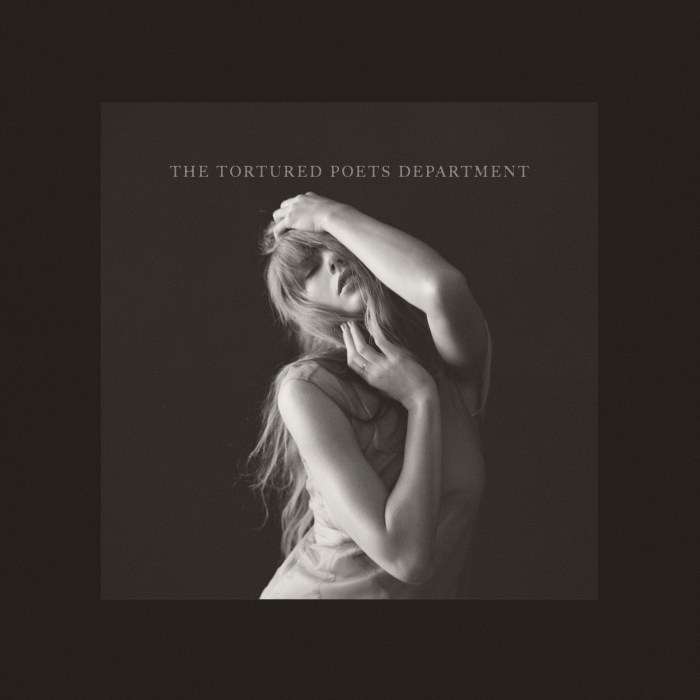By Courtney Dentch
Imposing a toll on the Queensboro Bridge could mean less traffic and improved roadways for Queens residents, but it also could mean crowded subway and buses as well as increased pollution.
The toll, which is part of a plan Mayor Michael Bloomberg is considering including in his executive budget, would be placed on the East River crossings as a way to ease the billion-dollar deficits the city is facing. The tolls, which would be put on the Queensboro, Williamsburg, Brooklyn, and Manhattan bridges, could bring in as much as $800 million by 2006.
“There are a bunch of proposals on the table right now and they’re all under consideration,” said Jordan Barowitz, a spokesman for the mayor’s office. “There are a whole host of things, congestion pricing among them, and the tolls are just one of them.”
Bloomberg’s plan also calls for higher tolls and metered parking during rush hours, called congestion pricing. However, there are no details on the cost of the increases or the tolls. The specifics would be hammered out in the mayor’s budget, which he will present in April, Barowitz said.
But, Bloomberg may be asking for too much, said City Councilman Leroy Comrie (D-St. Albans).
“It’s upsetting to Queens residents,” he said. “We’ve already been dealing with budget cuts. Why tax this way to move in and out of the city?”
Aside from the toll itself, Comrie worries that mass transit in Queens may not be up to the challenge of handling the expected increase in ridership that could result from the tolls.
“If you’re going to encourage people to move to public transit, you have to get that travel time down,” he said, noting that some Queens residents travel and hour and a half into Manhattan.
The Straphangers Campaign, a transportation watchdog group, would like to see some of the revenue from the tolls go towards improving mass transit, especially in Queens, said Gene Russianoff, a senior attorney for the group.
“We would fight to use that money for transit improvement,” he said. “Queens is the least well served of the boroughs that have subways. Let’s improve that.”
But New York City Transit, the city agency responsible for the subways and buses, has a wait-and-see approach right now, said spokesman James Anyansi.
“We take regular counts at locations around the system; that’s an ongoing thing,” he said. “If we do see an increase, then we will increase service on that line.”
The problem, however, is not just the frequency of the subway lines, said City Councilman John Liu (D-Flushing), who chairs the Transportation Committee.
“There are many parts of Queens that don’t even have the infrastructure, and that includes the subway tracks and the bus lines,” he said. “We have to make mass transit convenient for everyone.”
Comrie is also concerned about the ecological effects — namely exhaust coming from cars idling in the toll booths. But that is no longer a strong argument, Russianoff said.
“That was true 10 years ago. That’s no longer true in the age of E-ZPass,” he said, since there are incentives, such as lower tolls and shorter lines, for using the E-ZPass system.
Russianoff also sees benefits for motorists such as less traffic if the tolls take effect.
“What this does is it spreads out the rush hour,” he said. He said people would avoid rush hours to avoid paying higher tolls, making the commute “more predictable and less stressful.”
As a result, Liu said, traffic should flow better.
“In some cases it might make it easier for people to get in and out of Manhattan,” he said.
Tolls would also increase revenue available for road maintenance, Russianoff said.
“New York, traditionally, is starved for money for capital projects,” he said. “The city owns the streets, they’re a rare resource. This is a way of allocating them more rationally.”
Like this debate, which was first introduced in 1973, reaction on the street is mixed.
Mike Lerner, who works in Flushing, is against the toll.
“I don’t want to pay a toll,” he said. “There should be a free way in and out of the city.”
But Christian Soria, 29, of Forest Hills, said money is needed now.
“The state of the city is in flux right now, especially with 9/11 killing the economy,” he said. “Bloomberg’s a business man. He knows how to make money.”
































